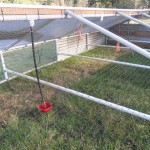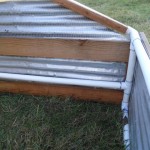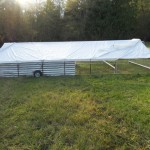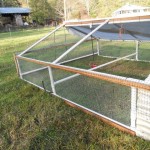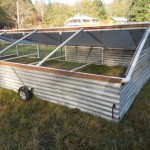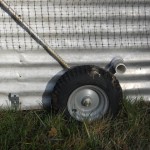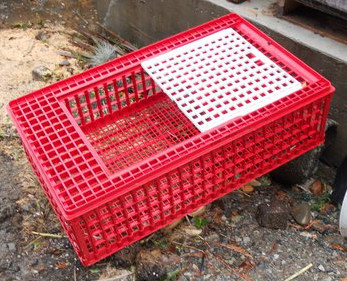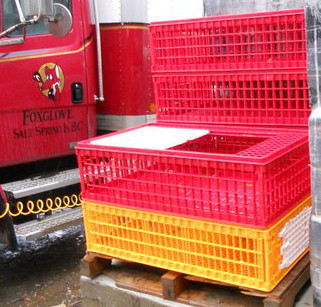Several kinds of meat chicken are regularly grown on Salt Spring. Until three years ago almost all were the white Cornish crosses. These are usually grown for 8 or 9 weeks, and have a large amount of breast meat and short legs.
Then two new kinds were brought in as chicks by air from Pennsylvania, the Redbro and the Mistral Gris. Both are bred from four different grandparent stocks (this means that they are a 4 way cross, not a breed) and both are now available in western Canada.
This means that it is far easier and possibly a little cheaper to obtain the chicks, and there will be much more flexibility in the hatching season, meaning that chicken will be available for purchase throughout the growing season instead of coming all at once in July and October.
The Redbro and Mistral Gris are both called “rustic broilers” and are ready at about 11 weeks. They are of different ancestry than the Cornish cross and also live several weeks longer, so can be expected to taste a little different. Flavour increases with the age of the bird.
The Redbro has mostly red feathers and is a taller bird with longer legs than the Cornish cross. This means that it has more dark meat. Males and females are not much different in size at 11 weeks.
The Mistral Gris is black and white and resembles a Barred Rock chicken in build and colour. There is more size difference between the genders than with the Redbro. They also are ready at 11 weeks.



